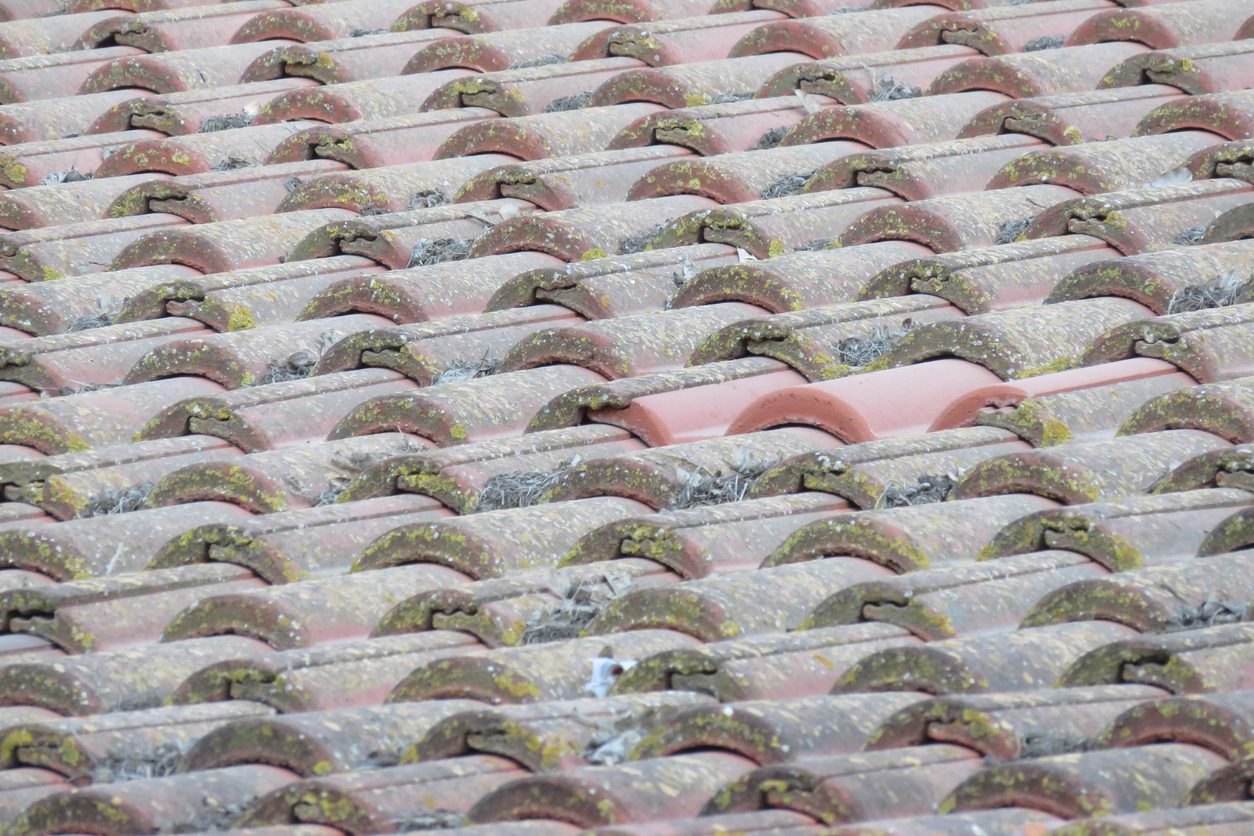The Reasonably Comparable Shingle Debate

A significant adjustment debate is often the availability of reasonably comparable shingles. The typical disagreement arises when a shingle is no longer manufactured or does not match existing shingles on a damaged roof. The insurer will investigate. It then makes a payment based on a finding that comparable shingles exist and can be used to repair the damage. The insurer does not invoke the right to repair.
A recent Order1 in a federal case did not decide the issue, but recited this typical roof shingle scenario:
Royal Ridge owns twenty-three buildings consisting of sixty-five units. Royal Ridge had a Residential Community Association Policy in effect with State Farm, an insurance company. On May 22, 2018, Royal Ridge’s buildings sustained damage from a hail and windstorm. Royal Ridge’s property manager recommended that Royal Ridge involve Feazel Roofing. Feazel inspected the buildings and found significant damage
On July 23, 2018, Royal Ridge submitted a claim to State Farm to replace all of its roofs. At that time, Michael St. John, an adjuster, was assigned to the claim. On August 8, 2018, Mr. St. John performed an initial inspection of some of the buildings and found damage. State Farm hired an engineer, Wesley Gerbick, to inspect the roofs for hail damage. State Farm instructed Mr. Gerbick to inspect three roofs at the property and Mr. Gerbick found damage on all three. He observed ‘hail-caused blemishes,’ shingles displaced by wind, and ‘aged and recent hail-caused indentions’ to soft metals on various roofs. Mr. Gerbick opined that the roofs were repairable because the shingles were pliable and easily manipulated without tools. He also noted that there were prior repairs to several roofs, confirming the repairability of the shingles.
From October 30, 2018 through December 3, 2018, Mr. St. John performed additional inspections. He found damage to metals and the siding on every building and damage to shingles on certain buildings. On January 24, 2019, Mr. St. John wrote an estimate of $646,273.18 to replace the three roofs inspected by Mr. Gerbick and the siding on all of the buildings. On March 28, 2019—ten months after the storm—State Farm notified Royal Ridge of its assessment and made its first payment to Royal Ridge. State Farm made its second payment on September 17, 2019.
In June 2019, Mr. St. John returned to Royal Ridge—on Royal Ridge’s request—for further inspection and determined additional damage. (ECF No. 54-1 at 108–109). By July 2019, Mr. St. John revised his estimate, allowing Royal Ridge to replace additional damaged shingles. However, he did not determine whether there was a matching shingle—a shingle with a comparable appearance—that would actually allow Royal Ridge to replace the shingles. In August 2019, Royal Ridge’s President informed Mr. St. John that he did not believe a comparable shingle could be found. In February 2020, Mr. St. John’s assignment ended, and State Farm had not yet determined whether there was a matching shingle.
Thereafter, a new adjuster, Alice Sandvick began to handle the claim. Ms. Sandvick hired an engineer to complete another inspection of the property. Then, Mr. Gerbick went back to the property and found additional damage. In May 2020, State Farm again revised the estimate—now totaling $657,956.60—to reflect Mr. Gerbick’s new findings, and paid Royal Ridge $6,603.74. State Farm also began attempting to find a matching shingle. In June 2020, State Farm determined there was a reasonably comparable shingle that could be used to replace Royal Ridge’s shingles. In total, State Farm has paid $617,691.93 for new siding on all twenty-three buildings, the replacement of three roofs, and the cost of repairs to certain roofs. However, Royal Ridge asserts that State Farm should replace all of its roofs. State Farm disagrees.
The insurer has a hypothesis following an investigation. Just following the scientific method when handling these cases, I often suggest the policyholder start by testing the hypothesis. Where are the shingles? How many can be ordered? Who manufactured the shingles? What are the manufacturing specifications? Can you actually order a small batch of the shingles to see if they are truly comparable and can be repaired? While the insurer should do this as part of a good faith investigation, it rarely does.
I also suggest that policyholders, public adjusters, and roofing contractors start using NTS to find the manufacturer’s specifications of the original shingles and the proposed similar like kind and quality shingles. The service is very inexpensive and can answer a lot of these questions.
Thought For The Day
To such an extent does nature delight and abound in variety that among her trees there is not one plant to be found which is exactly like another; and not only among the plants, but among the boughs, the leaves and the fruits, you will not find one which is exactly similar to another.
—Leonardo da Vinci
______________________________________
1 Royal Ridge Lane Condo. Ass’n v. State Farm Fire & Cas. Co., No. 1:20-CV-01439 (N.D. Ohio Aug. 16, 2022).



